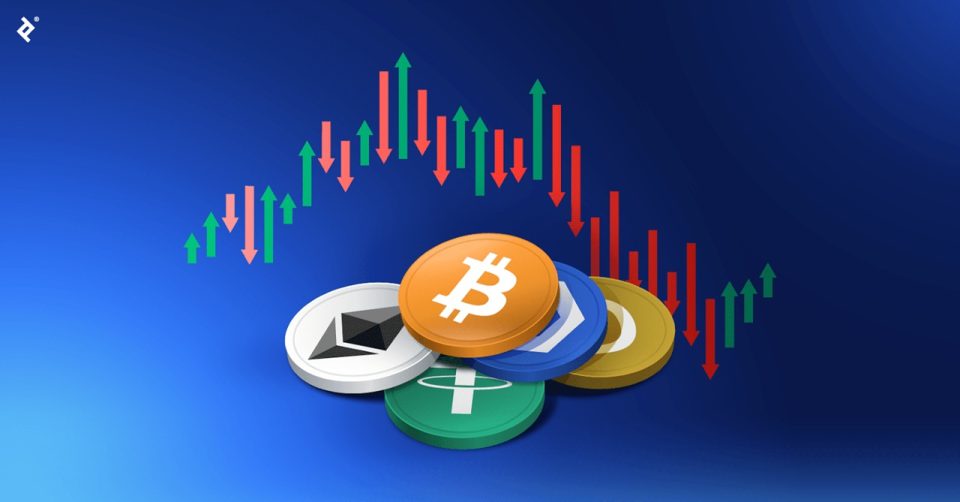Blockchain networks face persistent bottlenecks that limit transaction processing capabilities and create user experience challenges. Layer 2 solutions address these limitations by building additional infrastructure above existing blockchain foundations. These secondary networks process transactions more efficiently while maintaining the security guarantees of their underlying base chains. Modern blockchain adoption requires scalability improvements that can handle millions of daily users without compromising decentralization or security principles. This infrastructure becomes especially crucial for memecoin crypto applications requiring fast, cost-effective transactions.
Processing speed improvements
Layer 2 networks dramatically increase transaction throughput by handling computations off the main blockchain before settling final results. This approach allows thousands of transactions to process simultaneously rather than waiting for sequential confirmation on congested base layers. The speed improvements enable real-time applications that would be impossible on slower main networks. These processing enhancements create smoother user experiences for applications requiring immediate feedback. Users no longer face multi-minute wait times for transaction confirmations that previously made blockchain applications impractical for time-sensitive activities. The improved responsiveness opens new possibilities for blockchain integration into everyday digital activities.
Cost reduction mechanisms
Layer 2 solutions greatly reduce transaction fees by batching multiple operations into a single base layer submission. This bundling approach spreads the cost of expensive main chain transactions across numerous user actions, making blockchain access affordable for small-value transfers. The fee reductions democratize blockchain access for users who previously couldn’t justify high transaction costs for modest transfers. Lower costs enable new use cases, including micropayments, gaming transactions, and frequent trading activities that become economically viable when fees decrease dramatically.
Network efficiency gains
Efficient resource utilization becomes possible when layer 2 networks handle routine transactions while reserving main chain capacity for critical settlement operations.
- Bandwidth optimization reduces overall network congestion across the entire ecosystem
- Resource allocation improves as different transaction types use appropriate processing layers
- Energy consumption decreases when complex computations move to specialized environments
- Network participant incentives align better when resources match their intended purposes
- Infrastructure scaling becomes more predictable as demand distributes across multiple layers
- Geographic distribution allows localized processing while maintaining global settlement capabilities
These efficiency improvements create sustainable growth paths for blockchain networks that previously faced hard limits on expansion capabilities. The distributed approach prevents single points of failure while optimizing resource usage across the entire system.
Community adoption acceleration
Improved user experiences through layer 2 solutions drive broader blockchain adoption by removing technical barriers that previously discouraged mainstream participation.
- Simplified transaction processes reduce complexity for new users entering the ecosystem
- Mobile application support improves as faster processing enables responsive interfaces
- Cross-border payment solutions become practical when fees and speeds align with user expectations
- Gaming and entertainment applications gain viability when transaction costs match user value perceptions
- Social media integration becomes feasible as interaction costs drop to negligible amounts
- Educational content creation benefits from affordable transaction processing that supports learning activities
These adoption improvements create positive feedback loops where increased usage justifies continued infrastructure investment, leading to further performance enhancements that attract additional users and applications. Layer 2 platforms represent essential infrastructure for blockchain scalability because they solve fundamental limitations that prevent mainstream adoption. Without these solutions, blockchain networks remain constrained by processing bottlenecks that limit their practical utility. The combination of speed improvements, cost reductions, and enhanced capabilities creates the foundation for blockchain technology to achieve its transformative potential across diverse applications and user communities.

